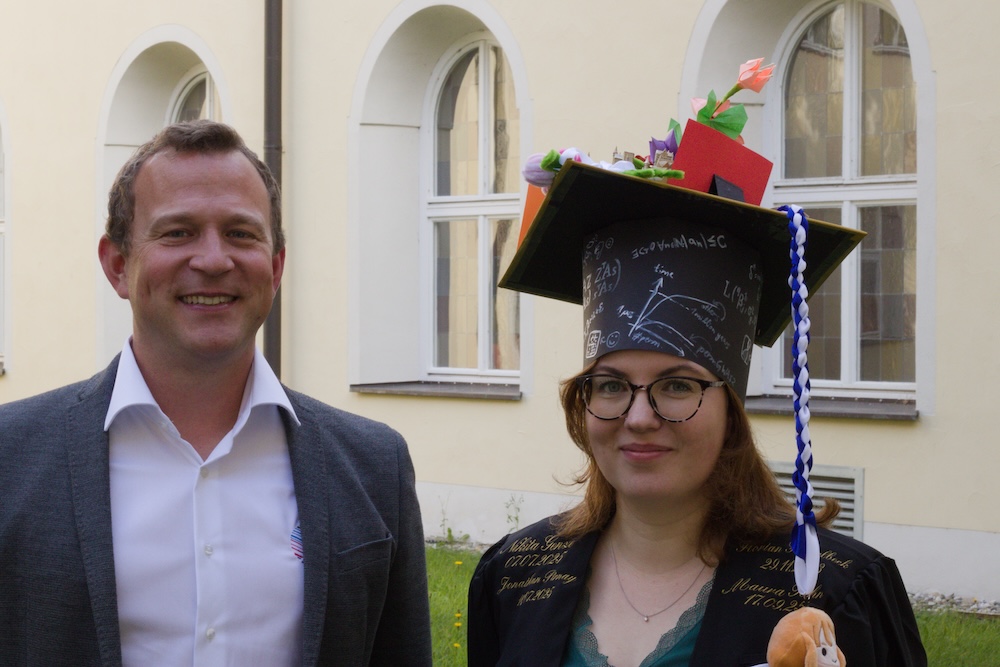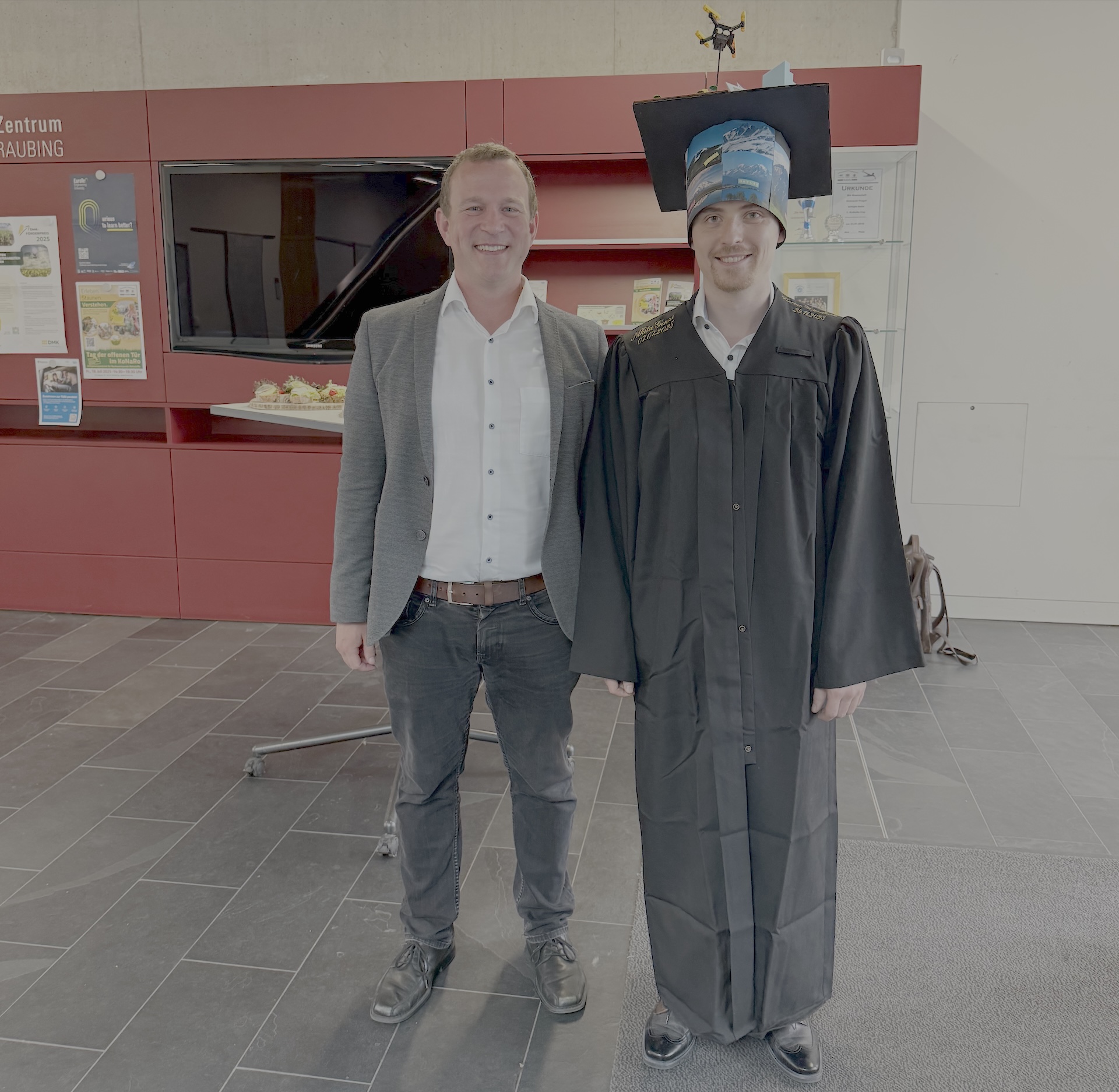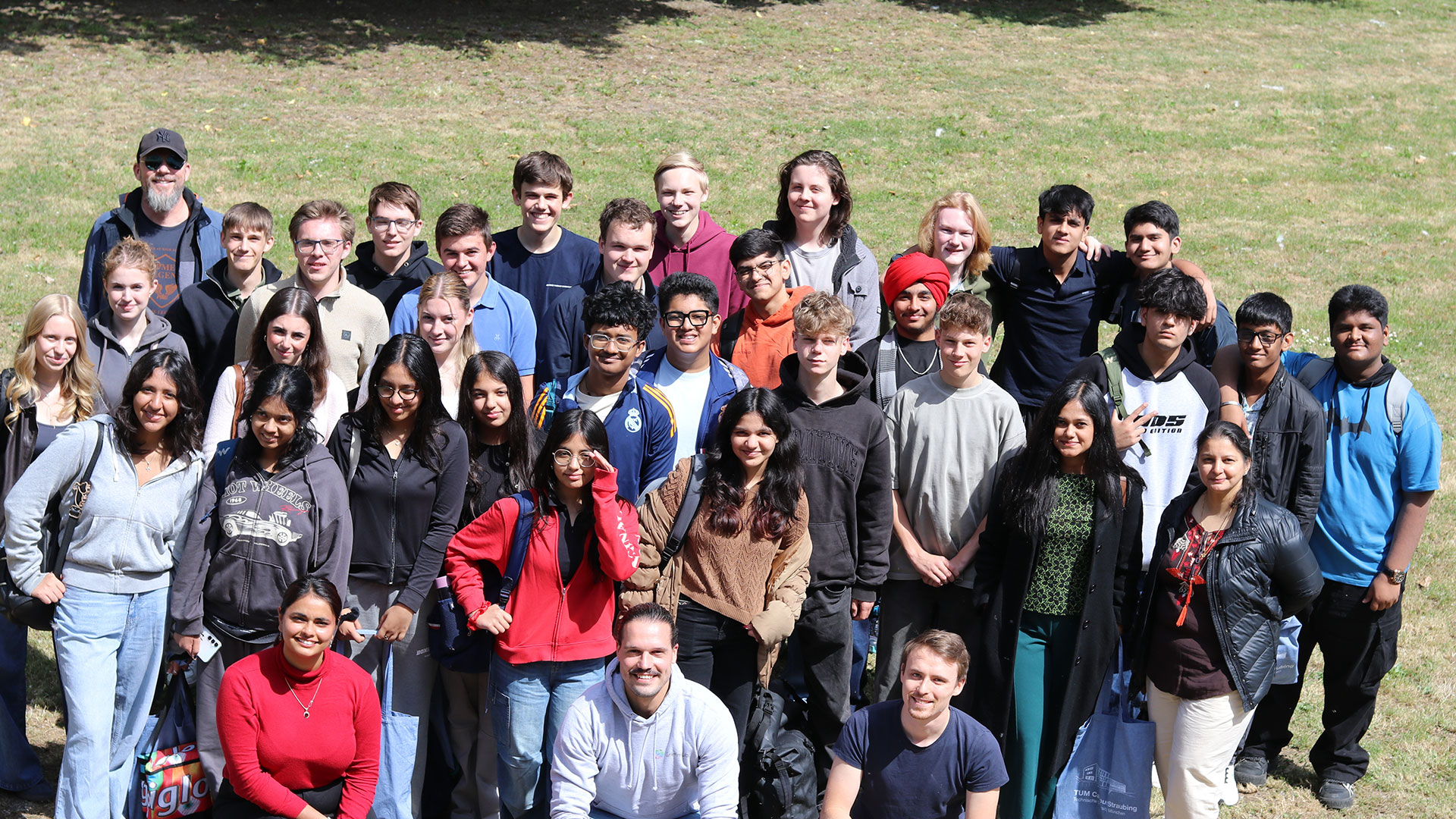Weeds in Focus: New Video Feature with TUMCS Involvement: Detecting Weeds with Drones
The research and innovation project “Development and Evaluation of Weed Application Maps for the Use of Robots in Mechanical Weed Control” (EWIS2) investigates new approaches to digitalization and artificial intelligence (AI) in agriculture. The aim…
TUM knowledge that grows: Green ideas for the Christmas season
In keeping with the Christmas season, Dr. Claudia Martin and doctoral student Josef Eiglsperger, both from TUM (Technical University of Munich, Straubing Campus), visited the Anton Bruckner Gymnasium in Straubing and brought gifts for the NawaRo…
Prof. Grimm discusses at the BioKI Conference in Berlin: How AI is Accelerating the Biological Revolution
Artificial Intelligence (AI) is rapidly gaining importance in the bioeconomy and is transforming both research and industrial applications. How AI can accelerate future biotechnological processes and open entirely new possibilities in molecule…
Pupils vote: Josef Eiglsperger named favourite scientist in AI
Success for Josef Eiglsperger: The TUMCS doctoral student was voted favourite scientist in the field of artificial intelligence by hundreds of school pupils as part of the online format I'm a Scientist. Josef Eiglsperger is a research assistant at…
PhD Defense: Maura successfully defended her PhD
All good things come in threes! The next major milestone has been reached. I am very proud of my doctoral student Maura who successfully defended her dissertation. In her thesis, she addressed "Advances in Statistical and Machine Learning Methods for…
PhD Defense: Jonathan successfully defended his PhD
Jonathan successfully defended his PhD, titled “Self-Reflective Deep Learning for Sequential Decision Problems”, achieving the highest grade of summa cum laude.
PhD Defense: Nikita successfully defended his PhD
Nikita successfully defended his PhD on 'Deep Learning-Based Weed Detection in Agricultural Images'.
Students from Straubing and India visit TUM Campus Straubing: Experience artificial intelligence up close
How can artificial intelligence (AI) help to make agriculture more sustainable and gain new insights in the fields of chemistry and biotechnology? Students from Turmair-Gymnasium Straubing, together with guest students from India, got to the bottom…





